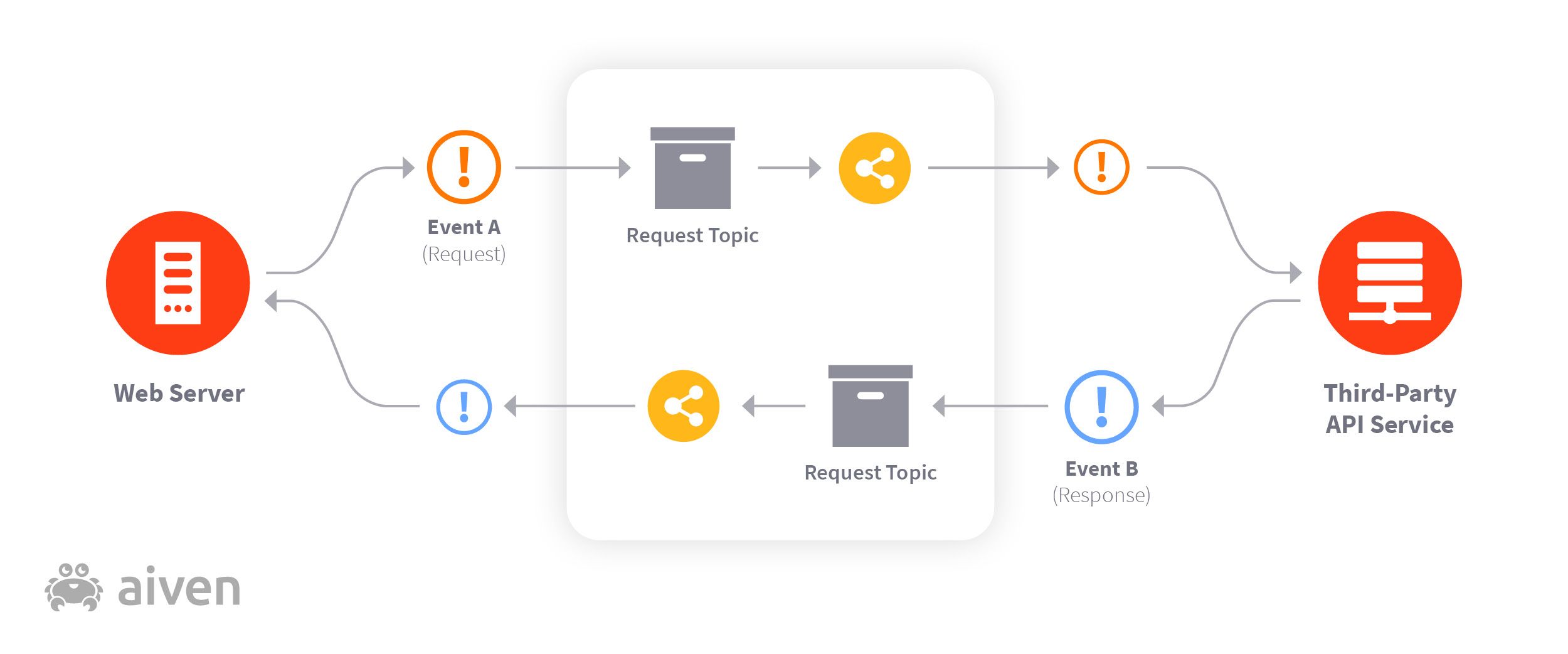Event-driven programming is a programming paradigm in which code is written to respond to events or triggers that occur within a program or its environment. This programming design allows for tasks or processes to be initiated as soon as certain conditions are met, creating an efficient runtime with tailored and flexible workflows. It allows developers to build applications quickly and efficiently by prompting responses and setting conditions for certain functions and processes to be executed.
Event-driven programming is used in a variety of programming languages, such as JavaScript, SQL, and C#. In JavaScript, for example, developers can define an event such as the click of a button, which in turn triggers a specific set of predetermined code. This allows for quick and efficient development as the event and its associated code can be reused multiple times throughout the application.
Event-driven programming can also be used to build distributed systems. In such a system, different parts of the application are running on different nodes (a node can be a server, a computer, a workstation, etc.), but they communicate using messages or events. When a message is received by a node, the programmed response is executed, which can trigger a series of events in other nodes. This is a powerful way to design distributed systems, allowing for high scalability, fault tolerance, and low latency.
Event-driven programming is a powerful tool for developing applications with agility and responsiveness in mind. It is widely used in front-end development for user interfaces, as well as in server-side development for distributed systems. As such, event-driven programming is a necessary tool for any aspiring programmer to learn and understand in order to design smart and efficient applications.






